1. Introduction to Poultry Handling Crates
Poultry Handling Crates are specially designed containers used in the poultry industry to safely and efficiently handle, transport, and manage live birds such as chickens, ducks, turkeys, and other fowl. These crates are essential for maintaining bird welfare, optimizing logistics, and ensuring biosecurity across poultry farms, hatcheries, processing plants, and live bird markets.
Designed with ergonomics, durability, and hygiene in mind, poultry handling crates facilitate easy loading and unloading of birds while minimizing stress, injury, and mortality. Typically manufactured from food-grade plastic materials such as high-density polyethylene (HDPE), these crates are lightweight yet robust, resistant to harsh environmental conditions, and easy to clean and sanitize.
As the poultry industry continues to expand globally, the importance of using efficient handling crates has grown significantly. This article provides a thorough overview of poultry handling crates, including their technical specifications, key features, benefits, practical applications, usage guidelines, maintenance tips, and answers to frequently asked questions.
2. Technical Specifications of Poultry Handling Crates
2.1 Materials
High-Density Polyethylene (HDPE): The most commonly used material due to its durability, lightweight nature, chemical resistance, and UV stability.
Polypropylene (PP): Used in some models for flexibility and toughness.
Food-grade certification ensuring safety for live poultry.
UV-stabilized for resistance to sunlight and outdoor conditions.
2.2 Dimensions and Sizes
Poultry handling crates come in multiple sizes designed for different poultry species and quantities:
Small Crate | 600 - 700 | 400 - 500 | 250 - 300 | 15 - 20 small birds |
Medium Crate | 800 - 900 | 550 - 600 | 300 - 350 | 8 - 12 broilers |
Large Crate | 900 - 1000 | 600 - 700 | 350 - 400 | 12 - 18 broilers |
2.3 Weight Capacity
Load-bearing capacity typically ranges from 20 kg to 70 kg, depending on crate size.
Designed to endure heavy loads and stacking pressure during transport.
2.4 Structural Design Features
Ventilation slots: Strategically placed for optimal airflow.
Smooth, rounded edges: Prevent injury and feather damage.
Ergonomic handles: For comfortable and secure handling.
Stackable corners and anti-slip features: Enable safe stacking during transport and storage.
Secure doors or lids: Prevent bird escape during movement.
Base options include solid or perforated surfaces to manage waste.
2.5 Weight
2.6 Color Options
Available in colors such as white, yellow, blue, and red.
UV-resistant to maintain color and integrity over time.
2.7 Operating Temperature Range
3. Key Features of Poultry Handling Crates
3.1 Robust Durability
Crafted from industrial-grade plastics, these crates are highly resistant to cracking, impact, corrosion, and deformation even under rigorous farm conditions.
3.2 Optimal Ventilation
Ventilation openings on all sides ensure continuous airflow, reducing heat and moisture buildup and promoting bird comfort.
3.3 Bird-Friendly Ergonomic Design
Smooth interiors and rounded edges minimize the risk of bruises, feather damage, and injuries during handling and transit.
3.4 Lightweight and Portable
The ergonomic design and lightweight materials facilitate easy carrying and quick maneuvering by farm workers.
3.5 Hygienic and Easy to Sanitize
Non-porous surfaces resist bacterial buildup and allow thorough cleaning using pressure washers and disinfectants.
3.6 Stackable and Space-Saving
Interlocking corners and anti-slip features allow secure stacking, optimizing space in transport vehicles and storage areas.
3.7 Weather and UV Resistant
Materials and coatings protect the crates from sun damage, corrosion, and environmental wear.
4. Advantages of Poultry Handling Crates
4.1 Improved Bird Welfare
By ensuring adequate ventilation, space, and smooth surfaces, handling crates significantly reduce stress and injury to birds.
4.2 Enhanced Biosecurity
Plastic crates are easier to clean and disinfect than wooden or metal alternatives, minimizing the risk of disease transmission.
4.3 Increased Efficiency in Handling and Transport
Stackability, lightweight design, and ergonomic features streamline loading, transporting, and unloading, saving labor time and costs.
4.4 Cost-Effectiveness and Longevity
Durable materials extend service life, reducing the frequency and cost of replacement.
4.5 Versatility Across Poultry Operations
Suitable for a range of bird species and sizes, and adaptable to different stages of production from hatcheries to processing.
4.6 Compliance with Industry Standards
Designed to meet international animal welfare and transport regulations.
5. Applications of Poultry Handling Crates
5.1 Poultry Farms
Facilitate internal bird movement and transportation to processing or markets.
5.2 Hatcheries
Safely move day-old chicks to farms or rearing units.
5.3 Processing Plants and Slaughterhouses
Used for efficient transfer of live birds before processing.
5.4 Live Bird Markets
Provide secure and hygienic containment for sale and display.
5.5 Transportation Companies
Essential for specialized live animal transport logistics.
5.6 Veterinary Clinics and Quarantine Facilities
Used for safe handling and movement during health checks or isolation.
6. Usage Instructions
6.1 Inspection and Preparation
Check for cracks, damage, or malfunctioning doors.
Sanitize thoroughly prior to use.
Label crates for tracking if needed.
6.2 Loading Birds
Handle birds gently to minimize stress.
Avoid overcrowding; follow recommended capacity.
Securely close doors or lids.
6.3 Transport
Stack crates securely using interlocking features.
Ensure adequate ventilation.
Protect birds from extreme weather during transit.
6.4 Unloading
6.5 Cleaning and Maintenance
7. Maintenance and Care
Conduct regular inspections for damage.
Repair or replace defective crates immediately.
Store crates in shaded, dry conditions.
Avoid excessive stacking during storage to prevent deformation.
8. Buying Guide
8.1 Determine Your Requirements
Assess bird species, size, and quantity.
Understand transportation frequency and distance.
8.2 Choose Quality Materials
8.3 Consider Design Features
8.4 Select a Reputable Supplier
8.5 Balance Cost and Longevity
9. Frequently Asked Questions (FAQs)
Q1: How many birds can one poultry handling crate hold?
A1: Capacity varies by size, typically from 15 small birds up to 18 broilers.
Q2: What materials are used to manufacture poultry handling crates?
A2: Mainly high-density polyethylene (HDPE) and sometimes polypropylene (PP), both food-grade.
Q3: Can poultry handling crates be stacked?
A3: Yes, most models feature interlocking and anti-slip designs for safe stacking.
Q4: How are the crates cleaned?
A4: Using pressure washers and approved disinfectants, followed by thorough drying.
Q5: Are these crates suitable for all poultry species?
A5: Yes, different sizes accommodate various birds, including chickens, ducks, and turkeys.
Q6: How long do poultry handling crates last?
A6: With proper care, they can last 8 to 10 years or more.
Q7: How do handling crates help reduce bird stress?
A7: By providing sufficient ventilation, smooth surfaces, and adequate space.
10. Conclusion
Poultry handling crates are fundamental tools in the modern poultry industry, combining efficiency, bird welfare, and hygiene. Their durable construction, ergonomic design, and practical features improve handling and transport operations, ensuring healthier birds and better productivity.
Choosing the right poultry handling crates and maintaining them properly is key to optimizing farm operations, minimizing losses, and meeting animal welfare regulations.
Company Profile
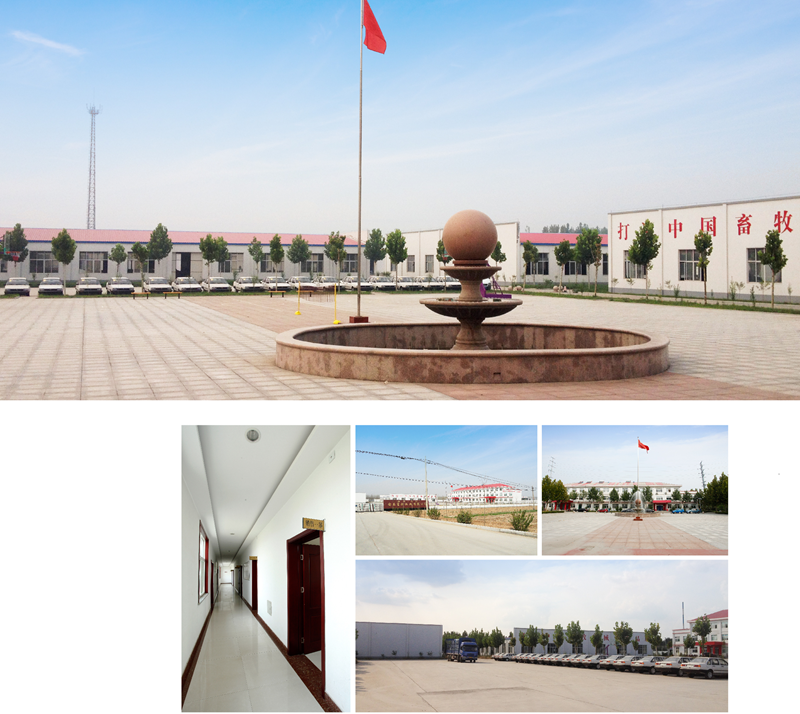
Shandong Huimin Qinle Livestock Machinery Co., Ltd. (formerly Shandong Huimin Qinle Livestock Machinery Factory) is a professional poultry equipment manufacturer with over 20 years of experience. We offer a comprehensive service package, from design (land and chicken coops), production (equipment and prefabricated steel coops), installation, commissioning, customer training, and after-sales service.
Located in Huimin County, Binzhou City, Shandong Province, China, the company has extensive experience in mechanical processing and manufacturing, as well as livestock machinery production and operation. With fixed assets of RMB 15 million, the company employs 160 people, including 30 R&D staff, and occupies a 40,000-square-meter factory. Equipped with over 110 pieces of advanced precision production equipment, including CNC machining centers and laser cutting machines, the company boasts a production capacity of RMB 50 million.
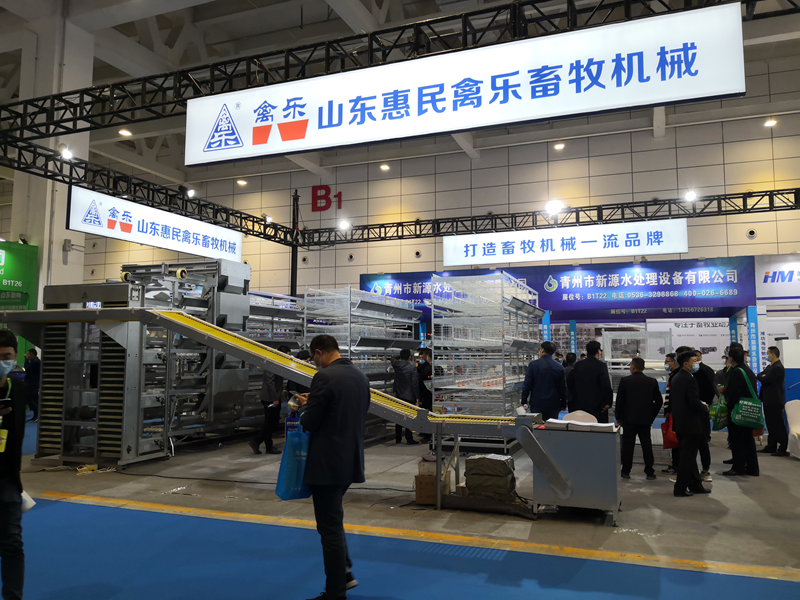


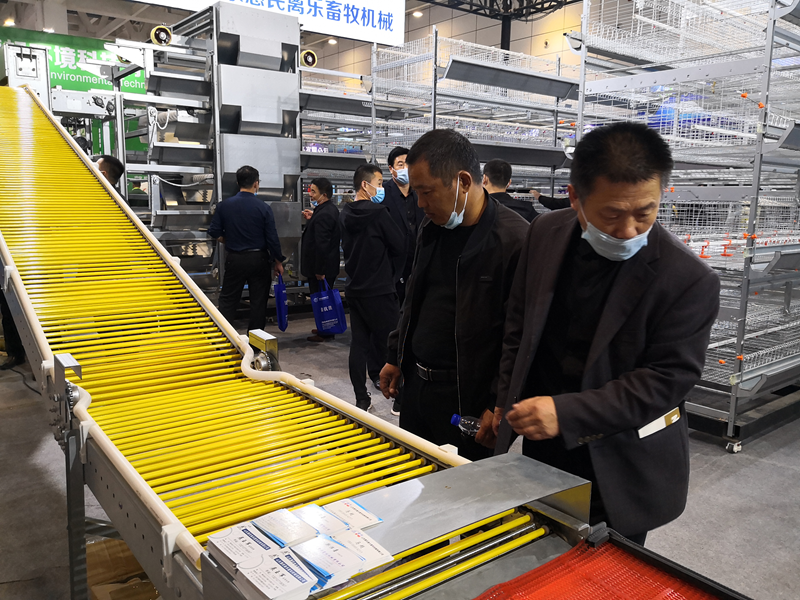
Chicken Farming Equipment Mesh Production Workshop

Machining Workshop

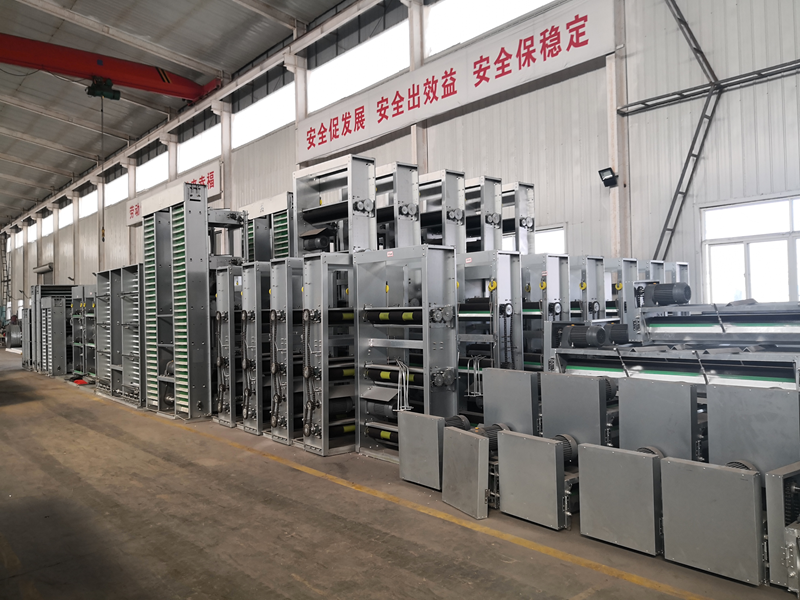
Turret-type CNC Punch Press, Laser Cutting and Other Machining Equipment



Fully Automated Roll Forming Production Line

Hot-dip Galvanizing Production Line

Electroplating Production Line

Environmental Protection Equipment

Chicken Farming Equipment Product Series
Egg-laying Hen Farming Equipment
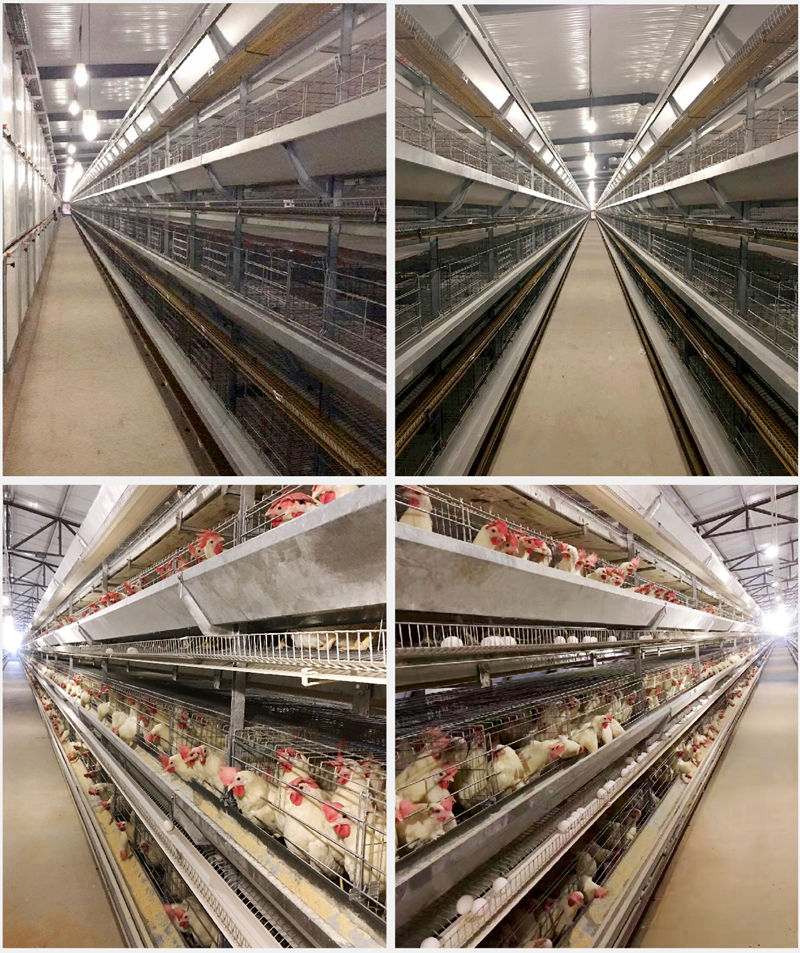
Stacked Brooding Cage Equipment

Stacked Broiler Cage Equipment
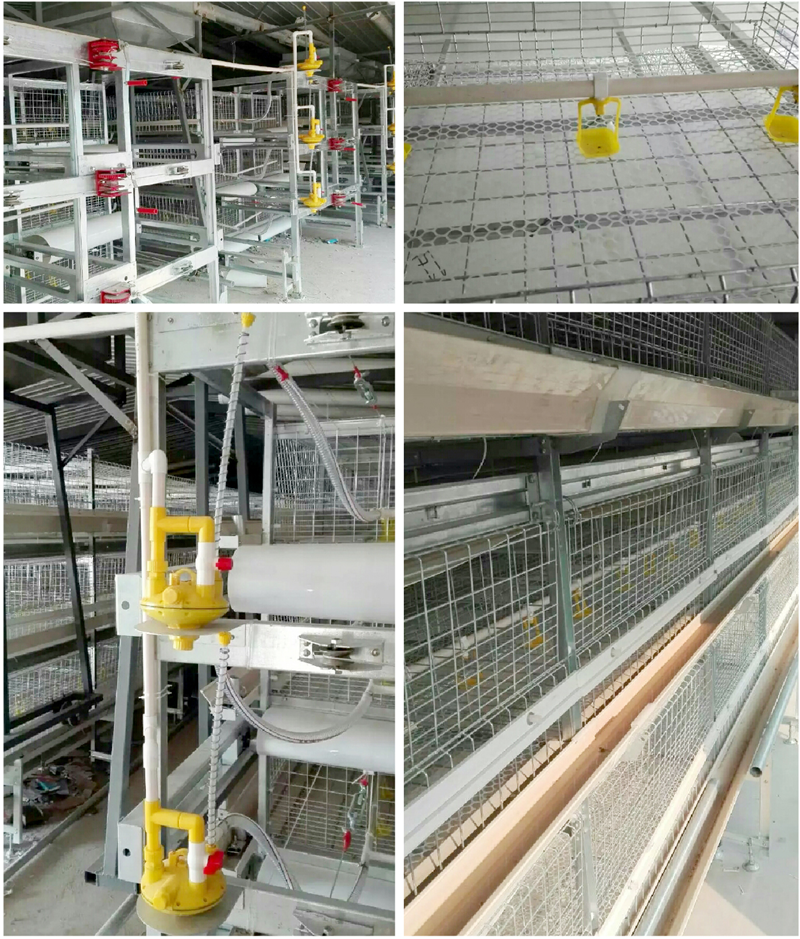
Stepped Layer Hen Cage Rearing Equipment
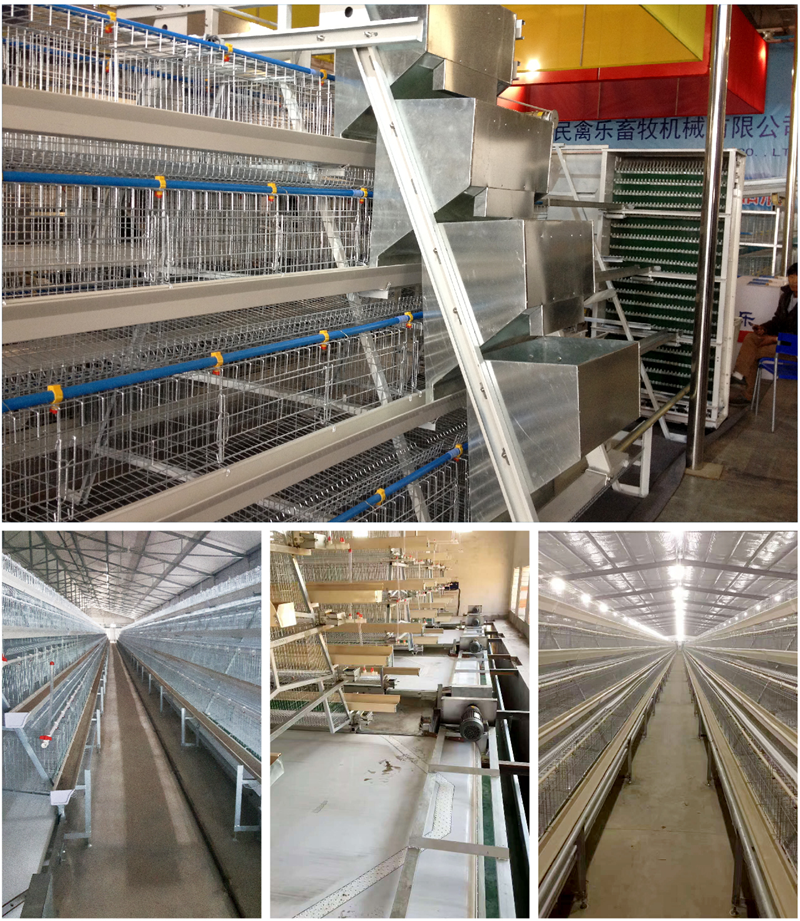
Automatic Egg Collection System

H-type Cage Feeding Machine
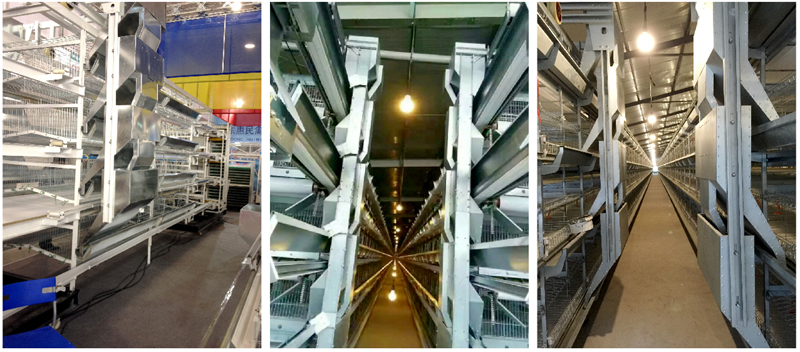
Stepped Cage Straddle Feeder
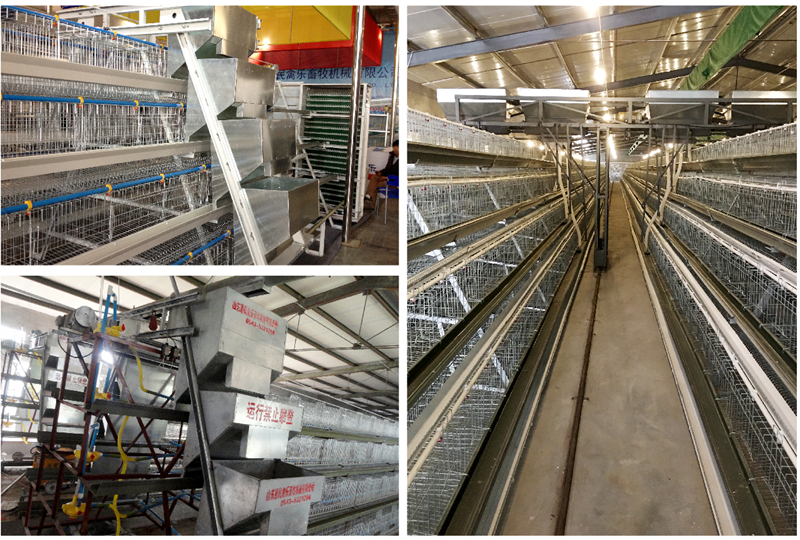
Manure Removal Machine

Fans, Heated Curtains, Environmental Control Systems, and Lighting Equipment
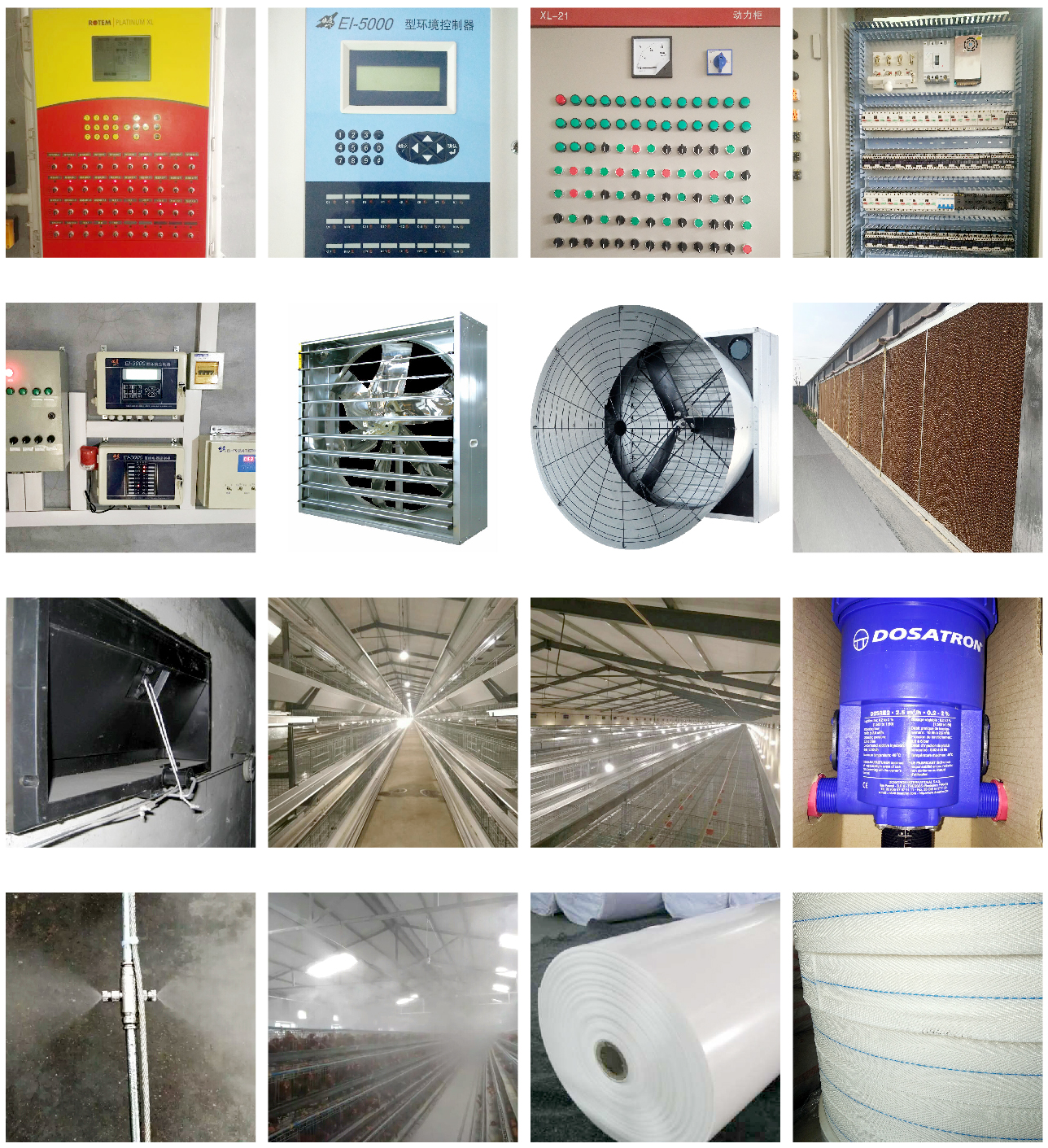
Complete Set of Equipment for Organic Fermentation Treatment of Manure


 Catalogue
Catalogue































 Whatsapp
Whatsapp Телефон
Телефон